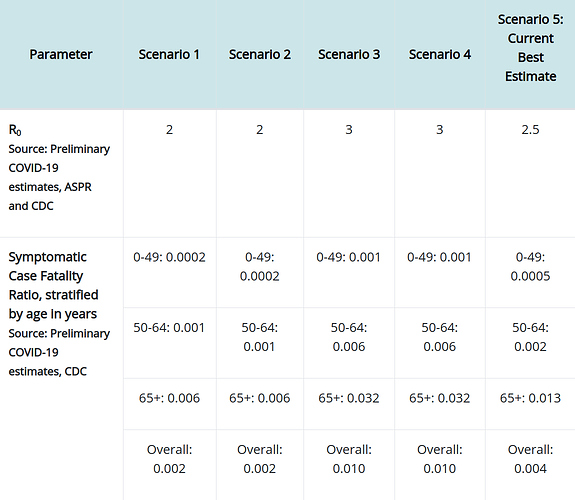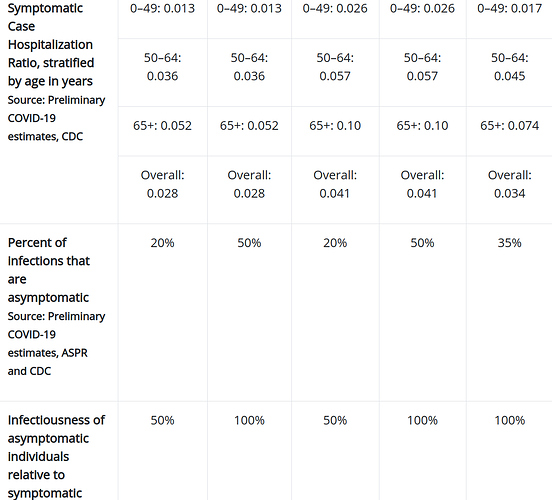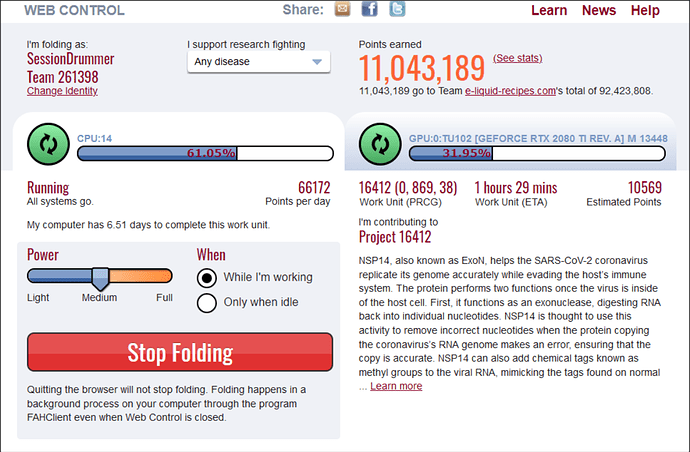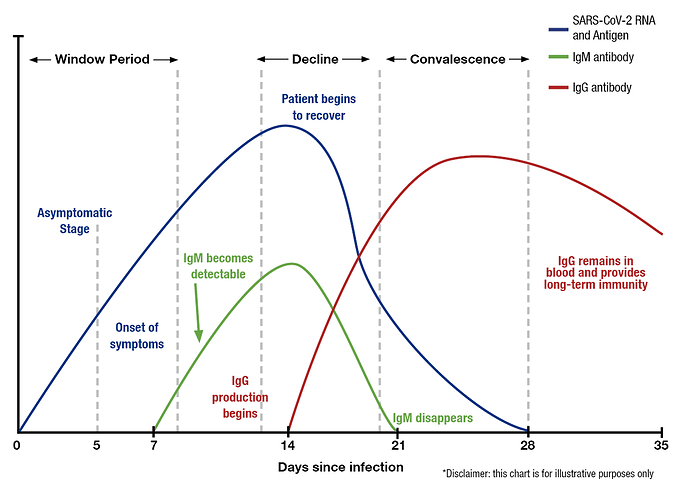(Drug Target Review, May 22, 2020):
“Blood test could identify those most at risk from COVID-19 -
Collaborative research has revealed two hallmarks of COVID-19 infection
associated with more severe symptoms that can be identified by a blood test.”
Researchers have identified an ‘immunological signature’ of COVID-19 in the blood of patients, which could be used to identify those at greater risk of severe complications at an early stage of the disease who may need additional care and also guide treatment strategies. … preliminary analysis highlighted the 60 patients had two prominent differences from normal blood samples: a dysregulation of a subset of T cells responsible for eradicating virus-infected cells and a dramatic loss of basophils, immune cells involved in tissue repair. …
… Project lead Adrian Hayday, who heads the Crick’s Immunosurveillance Laboratory and is Professor of Immunobiology at King’s College London, said: “The changes we’ve observed in the blood are not subtle and patients with these features seem more likely to experience severe disease, requiring intensive management.” … “There’s a lot we still don’t know about this virus, but we have seen that it doesn’t simply discriminate according to age and underlying condition. Although in smaller numbers, younger, healthy individuals can also be struck down with severe symptoms." …
… the perturbation of specific T cells leaves the patient unable to mount an effective immune response to combat the virus, as this situation persists and worsens, the remaining immune cells can become dysregulated and cause damage to the lungs and other vital organs.
.
(BBC, May 22, 2020):
“Coronavirus: Immune clue sparks treatment hope”
It has been found those with the most severe form of the disease have extremely low numbers of an immune cell called a T-cell. T-cells clear infection from the body. … They have looked at immune cells in the blood of 60 Covid-19 patients and found an apparent crash in the numbers of T-cells.
Prof Adrian Hayday from the Crick Institute said it was a “great surprise” to see what was happening with the immune cells. "They’re trying to protect us, but the virus seems to be doing something that’s pulling the rug from under them, because their numbers have declined dramatically. In a microlitre (0.001ml) drop of blood, normal healthy adults have between 2,000 and 4,000 T-cells, also called T lymphocytes. The Covid patients the team tested had between 200-1,200.
.
Based on the detailed preliminary analysis of 60 COVID-19 patients at St Thomas’ Hospital, the team has identified an ‘immunological signature’ of the disease. Within this, a small set of factors, or clues, could be used to identify the patients most likely to do worse and require additional treatment. In their preliminary analysis, the team have identified two prominent clues - an overt dysregulation in a specific type of T cell that ordinarily eradicates virus-infected cells, and a dramatic loss of immune cells called basophils that can be involved in tissue repair.





